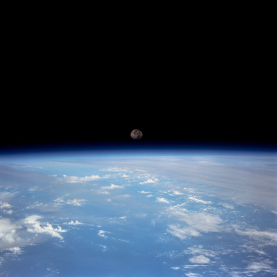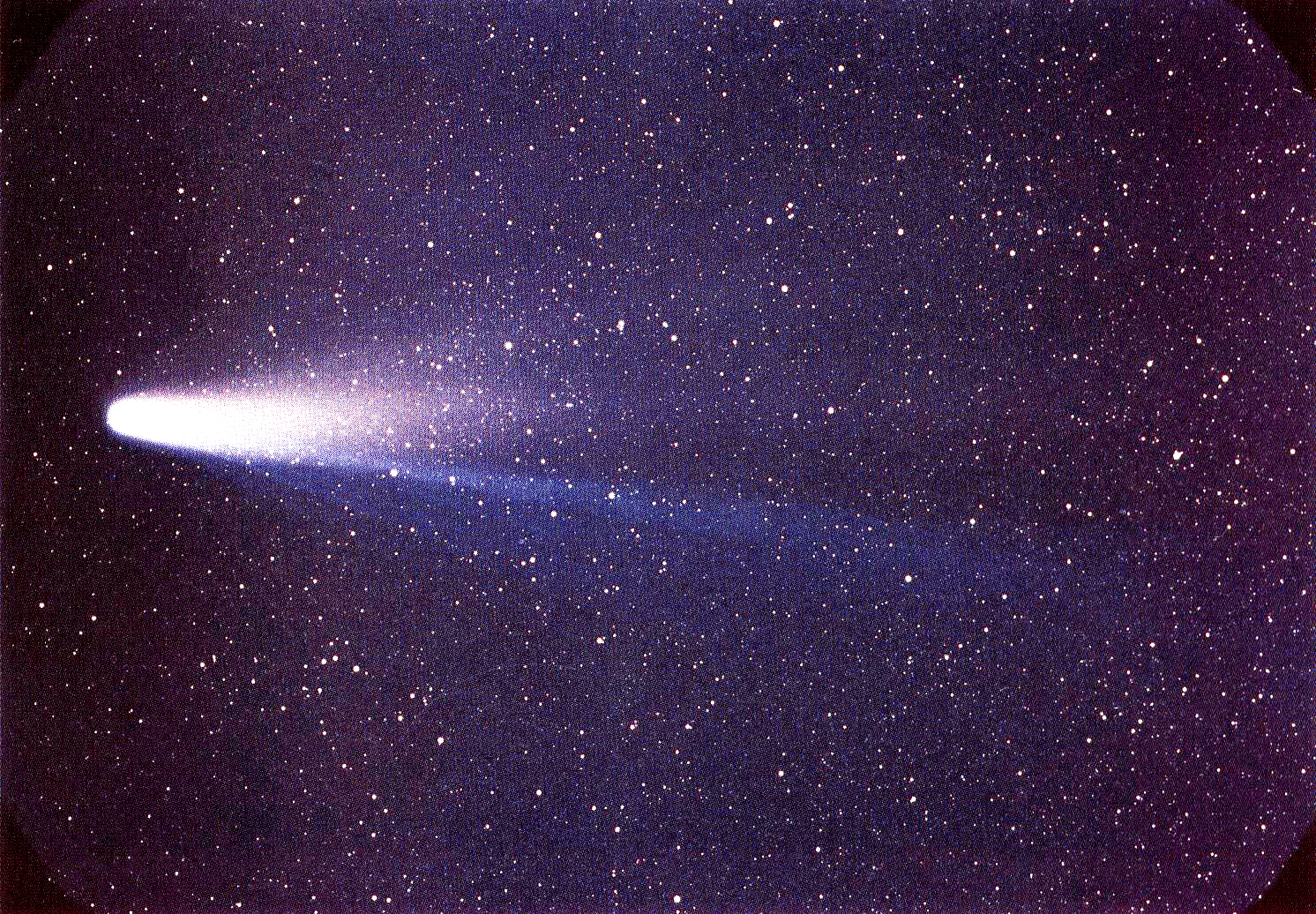Have you ever wondered how scientists equip space missions with the technology they need to analyse the planets? Or how pieces of space rock can be picked apart in the laboratory to tell us about the history of the Solar System? In this collection you will learn how early career scientists within the School of Physical Sciences carry out research to learn more about the world, and space, we live in.
-
Can a space rock from Costa Rica reveal the origin of water on Earth?
Read now to access more details of Can a space rock from Costa Rica reveal the origin of water on Earth?Ross Findlay, a Cosmochemistry PhD Student in The School of Physical Sciences, explores different types of meteorites which have landed across our planet.

-
From space to laboratory in four days
Read now to access more details of From space to laboratory in four daysHere Dr Natalie Starkey catches up with PhD student Ross Findlay about being the first person to make laboratory analyses of the Winchcombe meteorite.

-
Revealing the surface of an asteroid using robotic telescopes
Read now to access more details of Revealing the surface of an asteroid using robotic telescopesHow can studying asteroids allow us to have a better understanding of the formation of our solar system? Samuel Jackson, PhD student in The School of Physical Sciences digs into the research...

-
Phobos – an asteroid masquerading as a moon of Mars?
Read now to access more details of Phobos – an asteroid masquerading as a moon of Mars?Zoe Morland, a PhD student in The School of Physical Sciences, looks at Phobos - one of Mars' moons and how space agencies are going to investigate its composition.

-
Multiple Moonlets Maketh Mystery
Watch now to access more details of Multiple Moonlets Maketh MysteryHow did the moon form? Forget a single giant impact – relentless bombardment could explain the Moon’s formation, says Open University research student Zoe Morland.

-
Your house is full of space dust – it reveals the solar system's story
Read now to access more details of Your house is full of space dust – it reveals the solar system's storyWhere does space dust come from? Dr Natalie Starkey explains in this article.

-
Why Rosetta is the greatest space mission of our lifetime
Read now to access more details of Why Rosetta is the greatest space mission of our lifetimeThe Rosetta mission is just what's needed to inspire future astronauts and space scientists, writes Dr Natalie Starkey.

-
Explainer: how hostile is space?
Read now to access more details of Explainer: how hostile is space?Invisible radiation in space creates a harsh environment to perform science in. This article written in 2014 by Ben Dryer, a Postdoctoral Researcher in Electronic Imaging at The Open University, explains more...

-
An introduction to exoplanets
Learn more to access more details of An introduction to exoplanetsThis free course, An introduction to exoplanets, introduces our galaxy's population of planets, and some of their many surprises. It explains the methods used by astronomers to study exoplanets, and provides a general introduction to the methods of scientific inquiry. The course culminates in discussion of life elsewhere in our Galaxy.

-
The Magic of Meteorites
Read now to access more details of The Magic of MeteoritesIn March 2021, several rare meteorite fragments were found in Winchcombe, Gloucestershire. We celebrate this amazing discovery with a mini documentary and other FREE resources on meteorites…

-
Galaxies, stars and planets
Learn more to access more details of Galaxies, stars and planetsThis free course, Galaxies, stars and planets, is a general introduction, including scale of the universe from the very large to the very small; orbits and gravity; the Solar System; the Sun and other stars; galaxies and the composition of astronomical objects.

-
Astronomy with an online telescope
Learn more to access more details of Astronomy with an online telescopeThis free course shows you how to navigate the night sky, and introduces the wide variety of objects it contains. You will develop a hands-on understanding of telescopic observations using the Open University’s own robotic telescope facility COAST sited on the island of Tenerife. Supported by your own measurements we illustrate how stars...

-
How to find invisible black holes
Read now to access more details of How to find invisible black holesEver fancied being a black hole hunter? Adam McMaster, an astronomy PhD student at The Open University, explains how you can become a citizen scientist and start your search...

-
Astronomers think they’ve just spotted an ‘invisible’ black hole for the first time
Read now to access more details of Astronomers think they’ve just spotted an ‘invisible’ black hole for the first timeThe Open University's Adam McMaster, an astronomy PhD student, and Prof. Andrew Norton tell us about the different observations scientists made to find an invisible black hole.


Rate and Review
Rate this article
Review this article
Log into OpenLearn to leave reviews and join in the conversation.
Article reviews